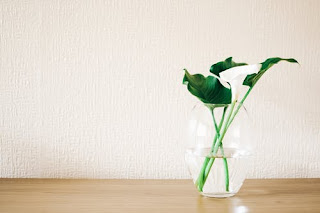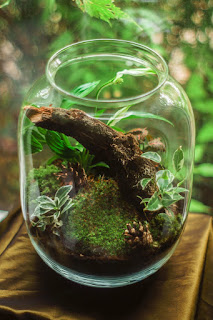Nowadays the need for fresh organic produce is on the rise. The demand for products and treatment leads to some very innovative organic gardening techniques. Now is your chance to find something that works for your organic garden. Here are some tips that you can use to get you started.
Plants need to take in CO2 to grow and thrive. A high level of CO2 provides an optimum environment for growth. A greenhouse will provide the best method of providing enough CO2 for your plants. Plants grown in a greenhouse tend to be more lush and healthier due to the improved growing environment.
When your summer blooms have bloomed and faded away, remember to dead-head the flowers. This means pinching off the flower heads. This will encourage new flowers to bloom longer next year, and it will also strengthen the plant. Since the flower heads have seeds, you can also save the flower heads that you have pinched off for planting at another time.
Make sure your pot is the right size for your plant. If the pot is too small, the plant's roots may not have enough room to grow. The roots will become "root bound", stop growing, and begin to suffocate. The size of the root system can determine the size of your plant and yield.
Use fertilizers that are free for the taking. Using chemical-free grass clippings or human urine for a nutrient-rich and free fertilizer. Twenty parts water with one part urine is an excellent fertilizer for seedlings, or steep the grass clippings in water to make a tea for watering and fertilizing the plants. So don't spend a lot on the garden when the fertilizers can be had for free.
Find out if the plants you have in your garden have special fertilizer needs. Some plants like slow-release fertilizers, while others prefer nitrogen-rich foods. Most like to be fertilized during the high point of their growing season. A little education will go a long way to improving your garden.
Take the time to plant your roses properly and you'll enjoy greater success down the road. Dig a hole larger enough to easily accommodate the roots and enrich it with organic matter. Build a mound of soil in the hole and drape the roots over it. Fill halfway and water to remove any air bubble, then finish filling the hole.
So you have finally decided you want to plant a garden. One of the first things you will want to do is to find out if you have good or bad soil. The only sure way you will know this is to have the soil tested. Many nurseries will test your soil for a nominal fee. Soil with poor health will produce yellow, sickly-looking plants. By having your soil tested, you will know if your soil needs nutrients added or if you need to make adjustments to the pH of the soil.
As you have read, there are many different ways to take care of an organic garden. You need to find the techniques that work for you. There is a ton of information that can help you see what benefits certain techniques can yield. By following these tips, you are well on your way to properly grow an organic garden.




















